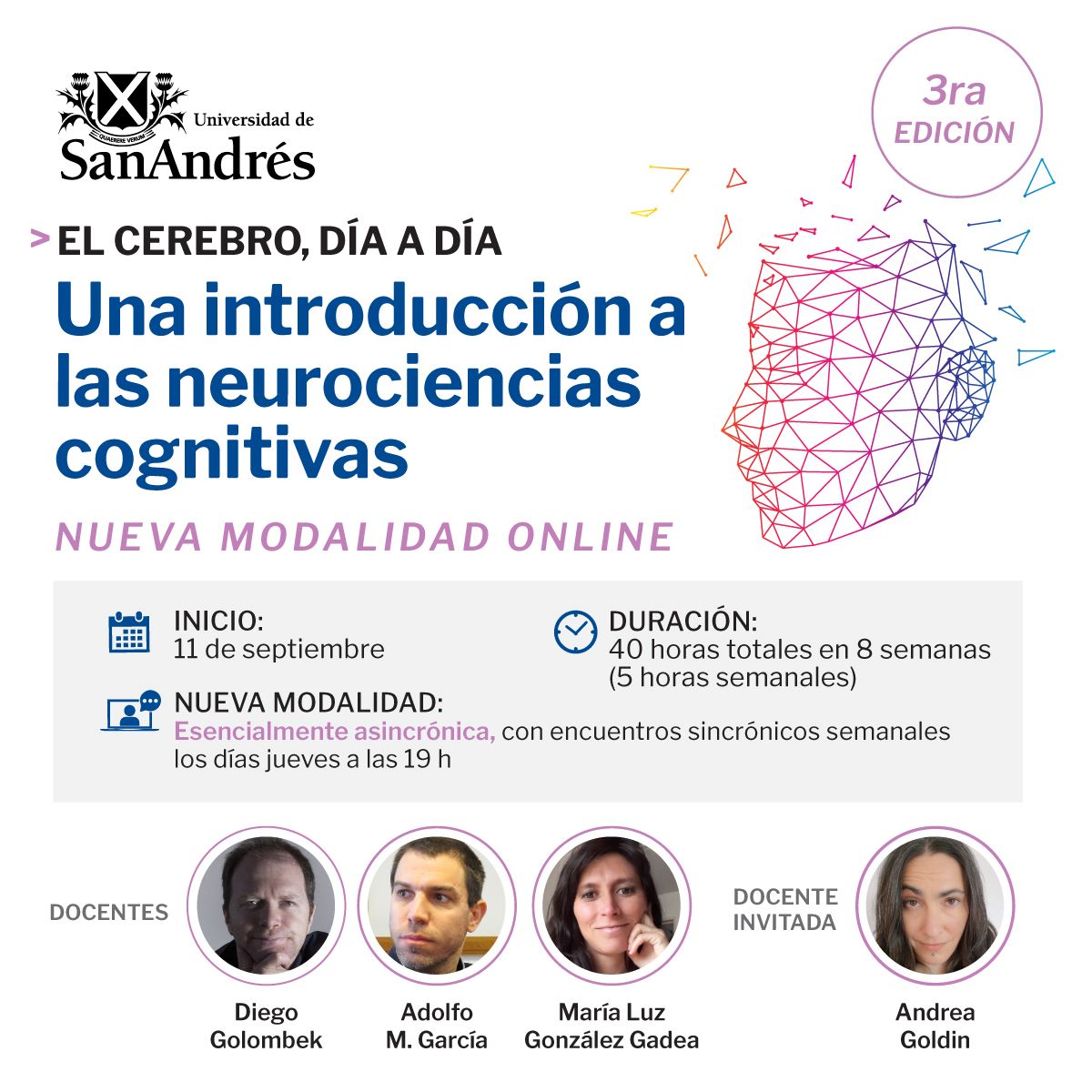Editorial: What can we make of theories of embodiment and the role of the human mirror neuron system? An enduring, ever larger question | Frontiers in Human Neuroscience
Arévalo, A., Gonzalez-Perilli, F., Baldo, J. V., Ibáñez, A., & García, A. M. (2023). Editorial: What can we make of theories of embodiment and the role of the human mirror neuron system? An enduring, ever larger question. Frontiers in Human Neuroscience 17, 1229084.
En 2013, 43 autores se reunieron para producir una colección de 14 artículos con el objetivo de responder a la siguiente pregunta: ¿Qué podemos hacer con las teorías de la corporización y el papel del sistema humano de neuronas espejo? Una década después, este tema sigue siendo de interés tanto para los investigadores como para los clínicos y, como suele ocurrir en la ciencia, sigue alimentando controversias y suscitando nuevas y apasionantes preguntas. Ahí radica la motivación de este nuevo Tema de Investigación, en el que se integran nuevas ideas y técnicas para hacer avanzar la conversación.
Para acceder al artículo, hacé click aquí.
Editorial: What can we make of theories of embodiment and the role of the human mirror neuron system? An enduring, ever larger question | Frontiers in Human Neuroscience
Arévalo, A., Gonzalez-Perilli, F., Baldo, J. V., Ibáñez, A., & García, A. M. (2023). Editorial: What can we make of theories of embodiment and the role of the human mirror neuron system? An enduring, ever larger question. Frontiers in Human Neuroscience 17, 1229084.
In 2013, 43 authors came together to produce a collection of 14 articles aiming to answer the following question: What can we make of theories of embodiment and the role of the human mirror neuron system? A decade later, this topic continues to engage researchers and clinicians alike, and, as is often the case in science, still fuels controversies and raises new and exciting questions. Therein lies the motivation for this new Research Topic, in which new ideas and techniques are integrated to further the conversation.
To access the full paper, please click here.



